Selected Plants of Navajo Rangelands
Camelthorn
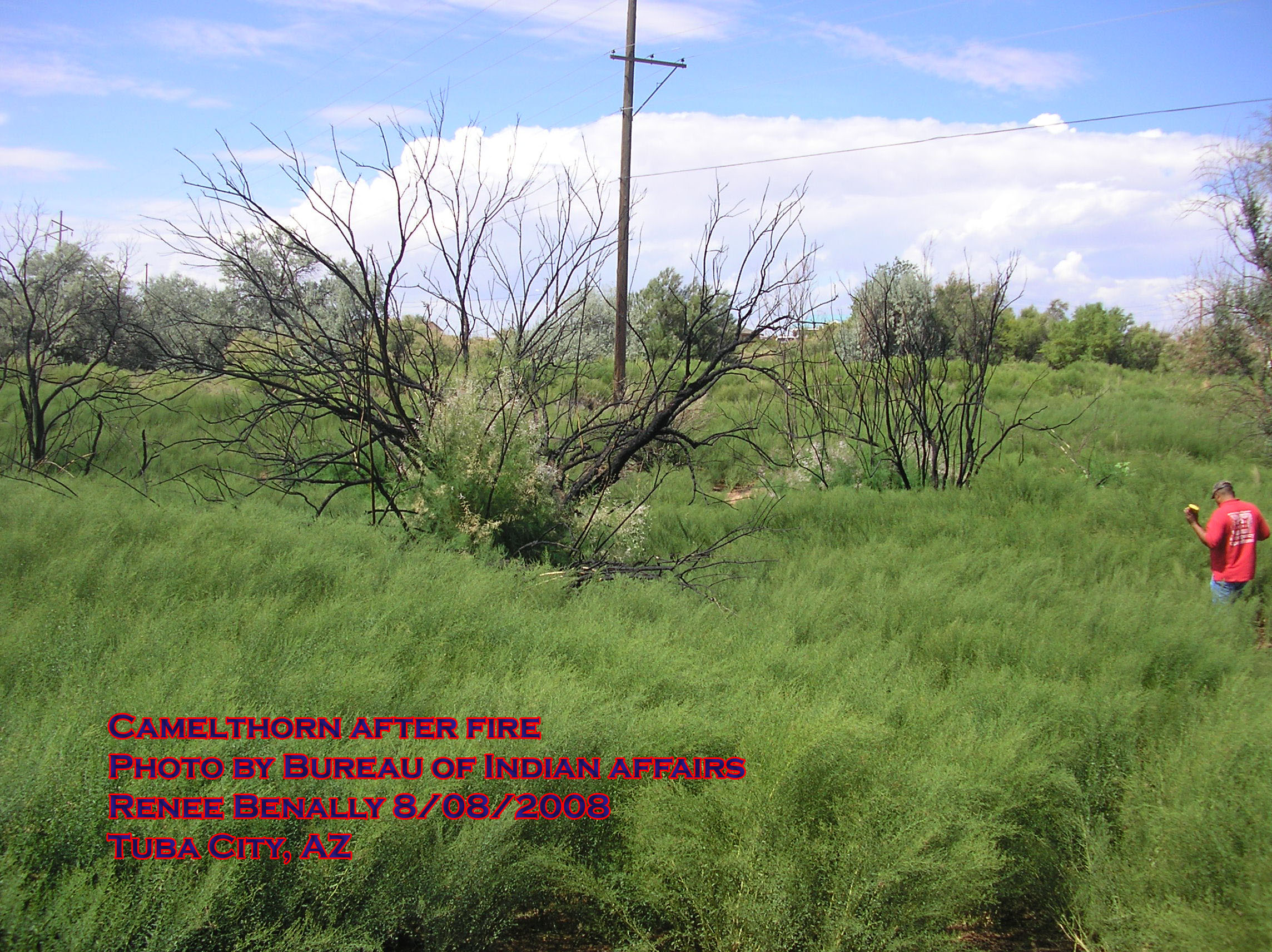
Camelthorn is a dangerous noxious weed and one of the most difficult to eradicate. Livestock browse on camelthorn and may contribute to its spread.
Pulling or chopping is not an effective method of control, as this can encourage clonal reproduction by fragmenting underground rhizomes.
Its deep and extensive root system allows it to tap into a water table up to 50 feet below the surface. This allows camelthorn to thrive in areas of little rainfall and to out-compete native plants for necessary moisture and nutrients. Preventive measures include promoting the use of certified weed-free hay, not allowing livestock to eat and thus disperse the seeds, and not using heavy equipment in seed-infested areas.
In June and July, camelthorn produces short-stalked flowers, pink to magenta in color. During July and August, seedpods appear on the plant.
Camelthorn is a Middle East native eaten by camels in its native range. The sap contains mannitol and may be used as a laxative.
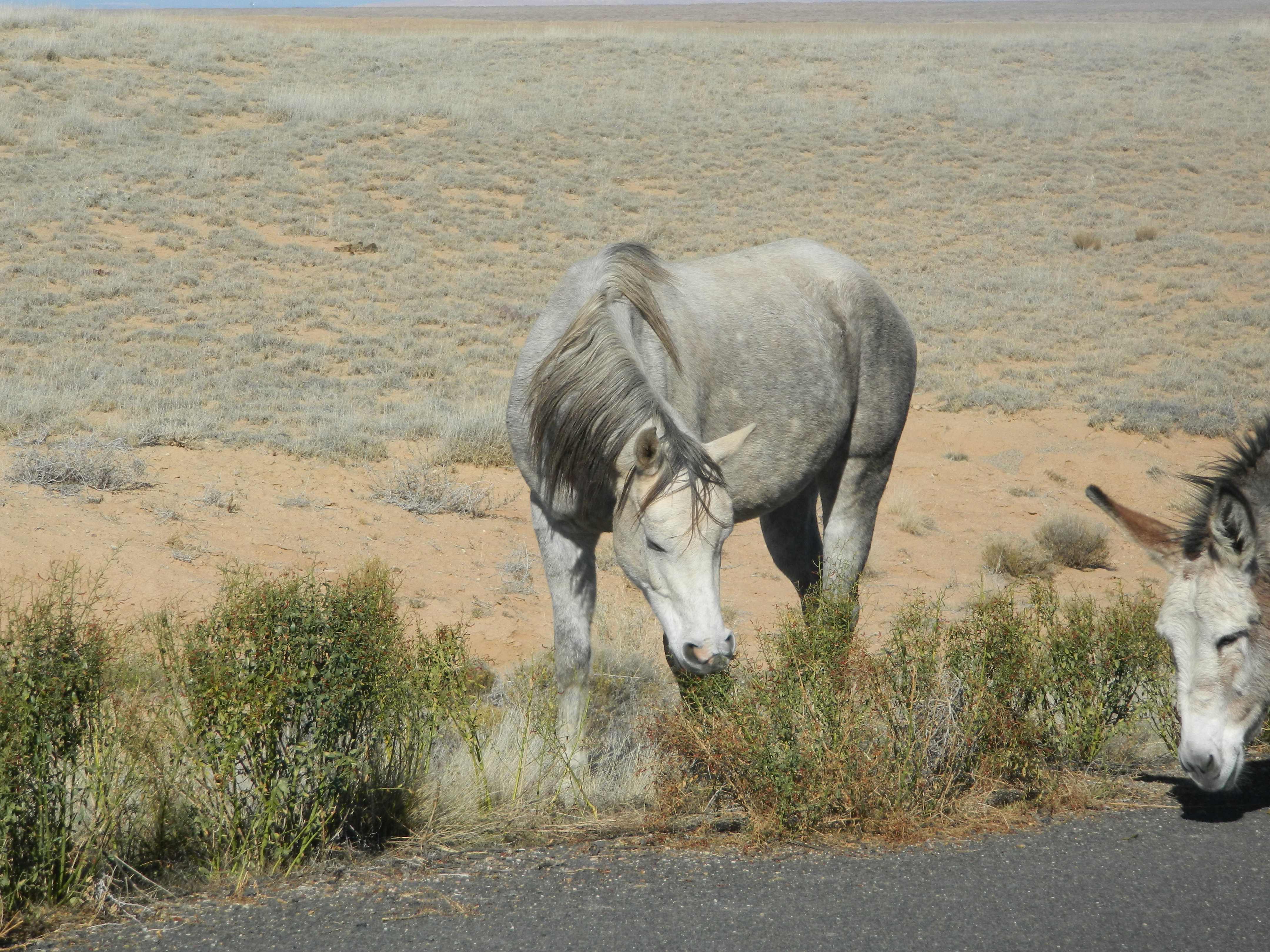
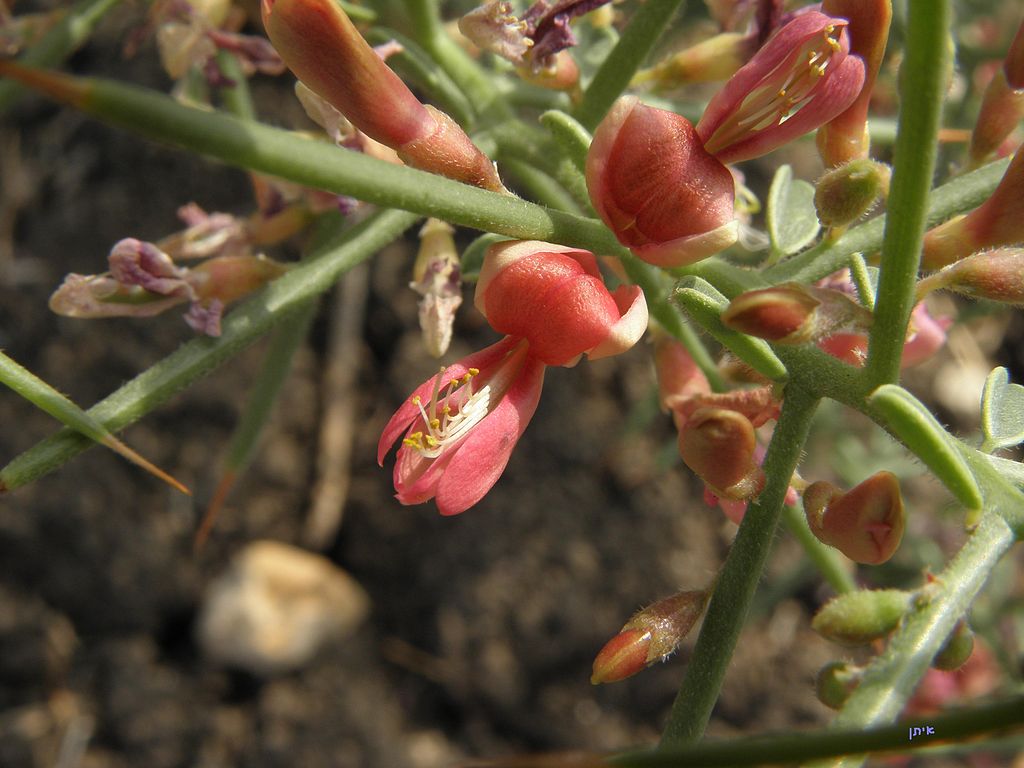
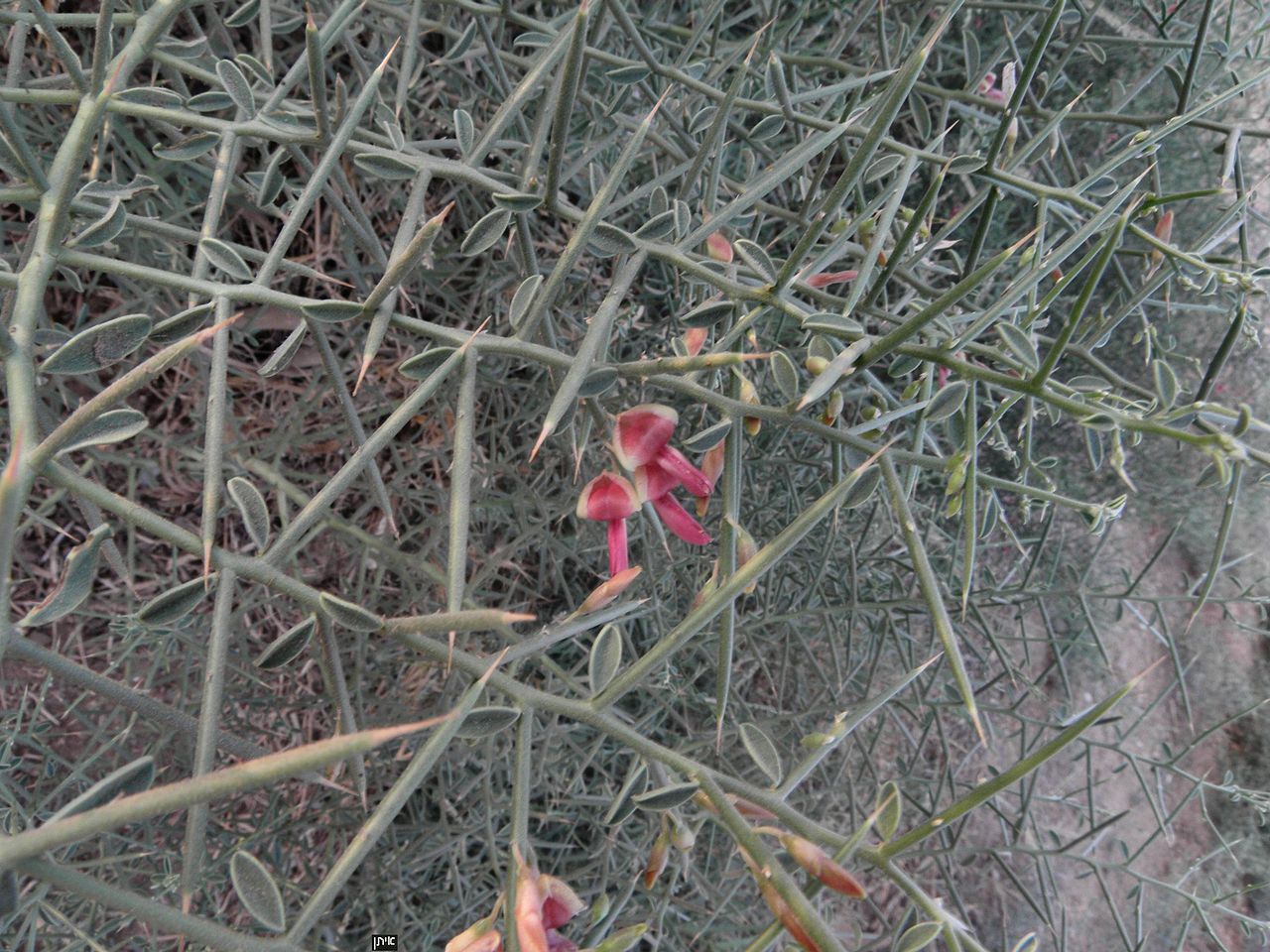
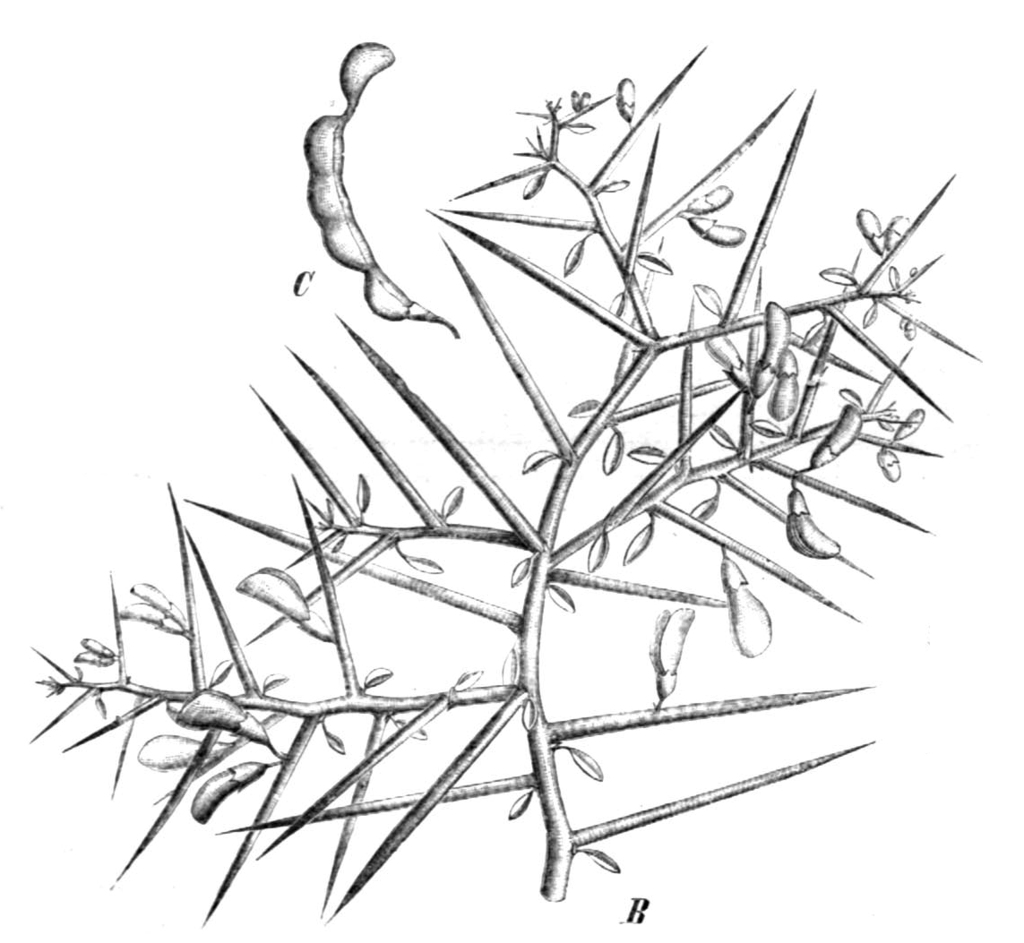
©2018 NMSU Board of Regents.
Individual photographers retain all rights to their images.
Partially funded by the
Western Sustainable
Agriculture Research and Education Program
(westernsare.org; 435.797.2257),
project EW15-023.
Programs and projects supported by Western SARE are
equally open to all people.